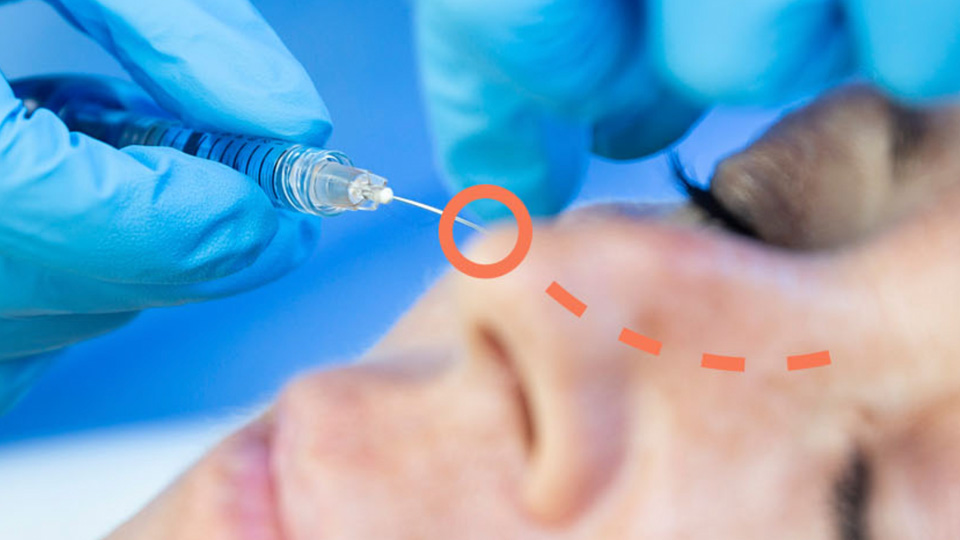10/01/2024
Due to its proven rejuvenating properties, hyaluronic acid (HA) is utilized in various medical specialties. In aesthetic medicine, it is primarily employed as a dermal filler in most mobile areas for a wide range of treatments:
- Smoothing wrinkles (forehead lines, glabellar lines or frown lines, crow's feet, lower eyelid wrinkles, perioral wrinkles...)
- Diminishing darkening of under-eye circles or idiopathic hyperchromia of the orbital ring.
- Reducing bags under the eyes, so much so that the treatment is commonly known as non-surgical blepharoplasty.
- Filling the temporal fossa.
- Augmenting cheekbones.
- Sculpting the cheeks.
- Hydrating, shaping, and adding volume to the lips.
- Filling nasolabial folds or smile lines.
- Non-surgical rhinoplasty, moulding deformities and irregularities in the nose profile to refine and harmonize it with the rest of the face.
- Filling barcode lines.
- Marking the jawline.
- Non-surgical chin correction.
- Reducing necklines.
- Minimizing facial sagging, improving its elasticity and hydration.
Hyaluronic acid filler treatment is a safe option that delivers natural results while preserving facial dynamism, making it one of the most sought-after assets in the beauty industry.
Dr. Sandra Planella, Ophthalmologist at the Barraquer Ophthalmology Centre
